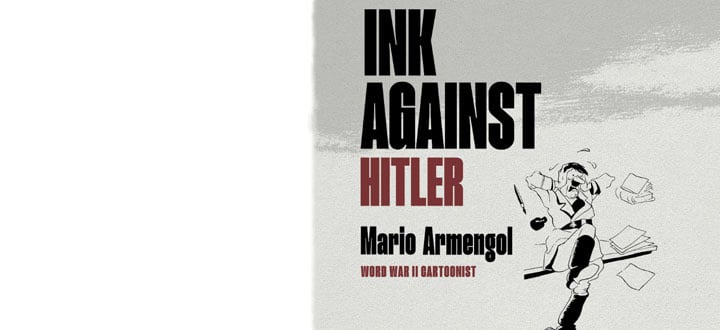Medals

In medals portraiture found an extraordinarily favourable field for its development as a genre. The wish to emulate the classical world that prevailed with the Renaissance revealed a format directly inspired on Roman coinage in which to recover and develop portraiture in the old way. In some of the images of rulers artists even adopted iconographical conventions associated with the representation of power such as the laurel wreaths, military cloaks, or the breastplates typical of the ancient Roman emperors. The fact that the commemorative medal was linked from the start to specific figures has greatly helped. Their portrait was reserved for the front, so much so that the portrait completely monopolized the anverse of medals. Moreover, the iconic message was normally reinforced with inscriptions that clearly stated the identity of the personage portrayed and, of course, with other images that occupied the back of the medal. The humanistic ideal of fame was thus guaranteed on the metallic support, so much so that it could be claimed in a happy phrase that rulers died and empires fell, but the medal lasted forever.
|
Antonio Pisano, known as «Pisanello», John VIII Palaiologos, 1438 |
Engravers used the reverse of the medal as a field on which to tell a story. On the canonical medal the anverse or front was reserved for the portrait of the commissioner or the honoured person and the reverse was used to represent what it was wished to remember and associate with the subject. One of the newest and most creative ways of developing it was the introduction of depictions of real buildings or of large urban or rural scenes. In this exercise that had already been tried successfully in large-format painting and in the engraving of the monumental atlas plates that presented views of famous cities, the artist only had to transfer or translate these scenarios to the small round format of the medal that showed them as if they were being looked at with the aid of a telescope. Medal makers in the service of Roman pontiffs distinguished themselves in the treatment of these views. In their production of ordinary annual medals or other extraordinary ones one can follow the topography of the eternal city and of the papal states in the form of urban perspectives, but also of cross-sections, floor plans and frontal views of its principal monuments, public works and of the planning reforms that they undertook and which were thus remembered and forever associated with their promoter.
|
Gaspare Morone, Alexander VII and the enlargement of the Quirinal Palace, 1659 |
The generally small size of medals makes it difficult to capture naturalistic scenes. And so the use of a conventional language or code of their own triumphed, made up of a long list of symbols, allegories, mythological personages and emblems that filled the reverses of medals. Some images such as the personifications of rivers, cities, territories or depictions of mythological deities had once been common on Roman coins and were known by the public who read and studied the classics.
Indeed, Greco-Roman mythology was used to evoke the actions of the present and it even made possible games of identification that had already been tried out in Antiquity for certain personages or families that were associated with singular deities that became guardians. A more important new development, on the other hand, was the development of emblems, hieroglyphics, allegories, words, devices and coats of arms rooted in the tradition of the autumn of the Middle Ages and which encrypted a particular message. These were developed as a challenge to the erudition of the person who was holding the piece and who had to do the exercise of associating, for example, the anchor with the Faith, a palm tree branch laden with dates with Fertility or the sun with the plenitude of royal power
.
|
Anonymous, Cardinal Mazarin, 1660 |









